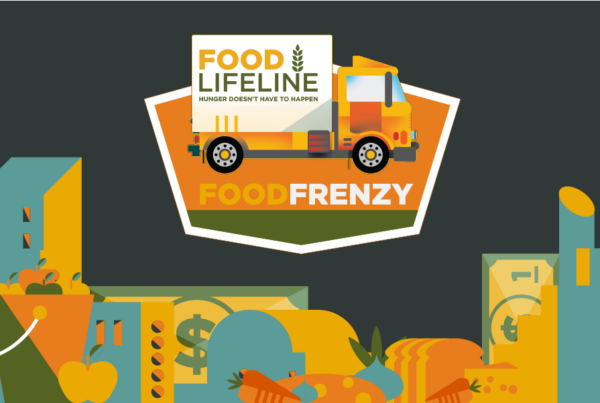There is a lot of uncertainty in light of recent election results. In the words of Congressman Jim McGovern, an avid anti-hunger advocate, “the war on the poor is underway.” Moving forward, it is reasonable to expect policy changes to the Affordable Care Act (ACA) and block granting of Medicaid, SNAP and its related programs, and the Head Start program. The biggest threats we are facing are repealing the ACA & Medicaid, removing safety net entitlement programs such as SNAP, Medicaid, and Social Security (or converting them to block grant or cap programs, similar to Temporary Assistance to Needy Families(TANF)), and general deep budget cuts to programs that help low-income individuals and families.
One way that we anticipate this will happen is through a complex process called budget reconciliation. A reconciliation bill must produce some sort of impact on the budget by reducing or increasing revenue, cutting or increasing entitlement spending. It is designed to reduce the deficit, but isn’t always used that way. It is also limited in that it cannot increase the deficit after a 10 year period. In the Senate, reconciliation provides procedural advantages in that it only needs 51 votes to pass. In other words, it is a fast track that only requires a simple majority to pass, is difficult to amend, and cannot be filibustered. In the past, both Democrats and Republicans have utilized the process to make major policy and spending changes to things like entitlement programs (guaranteeing support to everyone, regardless of how many apply, compared with block grants which have a set, limited amount of funding), revenues, and the debt limit. It cannot be used to impact appropriations, make changes to Social Security, discretionary authorizations or caps, increase deficits in the long term, or make policies that don’t make some kind of fiscal impact.
Earlier this year we saw the first budget resolution move through, which sets Congress up to use the reconciliation process. This bill will focus on repealing the ACA including Medicaid expansion; but some impacts will be delayed by two or three years to give time for Republicans to create a replacement plan. A replacement, however, is not guaranteed. Repealing the ACA would double the number of uninsured Americans from 30 million to 60 million.
In the coming months a second budget resolution using reconciliation focusing on the bigger budget and tax cuts will also likely pass. Other potential focuses are tax reform, entitlement cuts, block grants to SNAP or Social Security Insurance, and raising the debt ceiling. Republicans would like to accomplish these tasks in a bipartisan way and using the threat of a reconciliation bill may increase the likelihood that Democrats will join negotiations.
This is likely not the last time we will see this procedure used in the coming years. Unfortunately it is more likely that it will be used to make funding and program changes that harm anti-hunger programs like SNAP and school meals that the clients we serve rely on. Having some knowledge of how reconciliation works and why it’s something to look out for is a great idea. If you want to dive deeper, the Center on Budget and Policy Priorities has some great resources available on their site and of course you can always get in touch with us as well!





